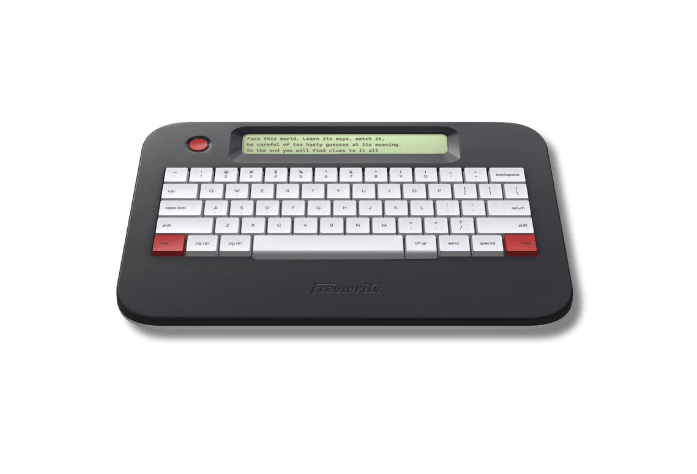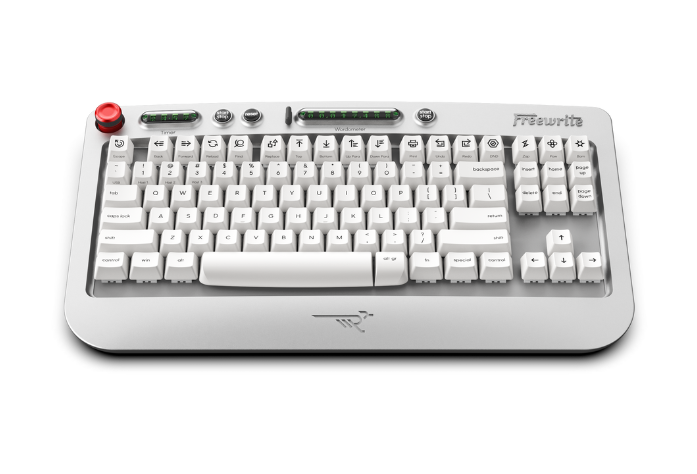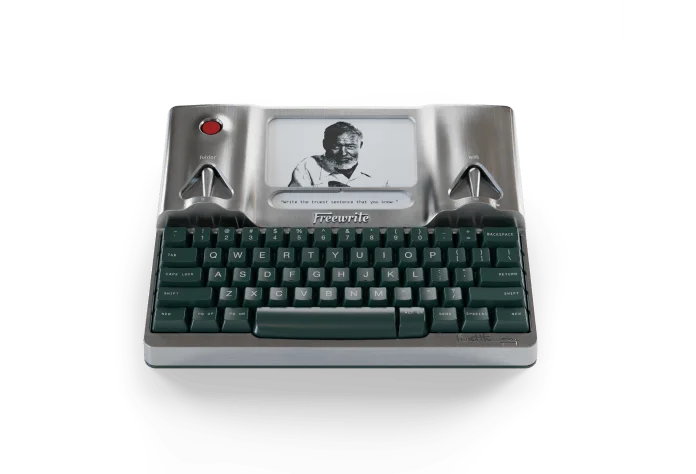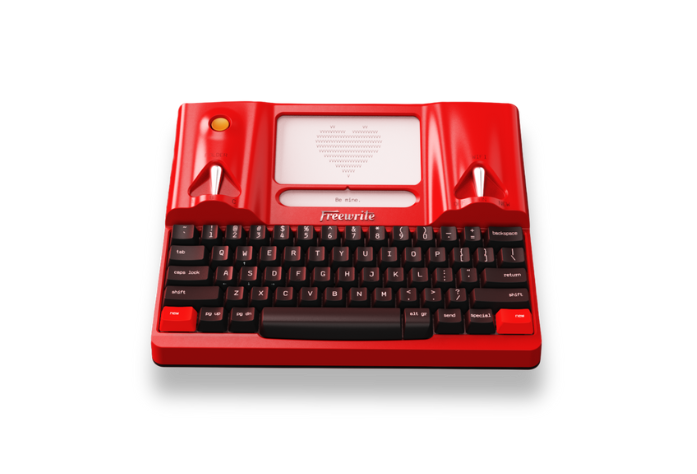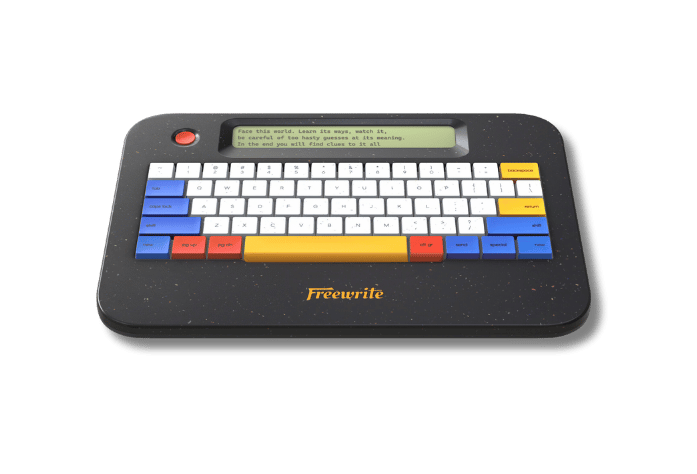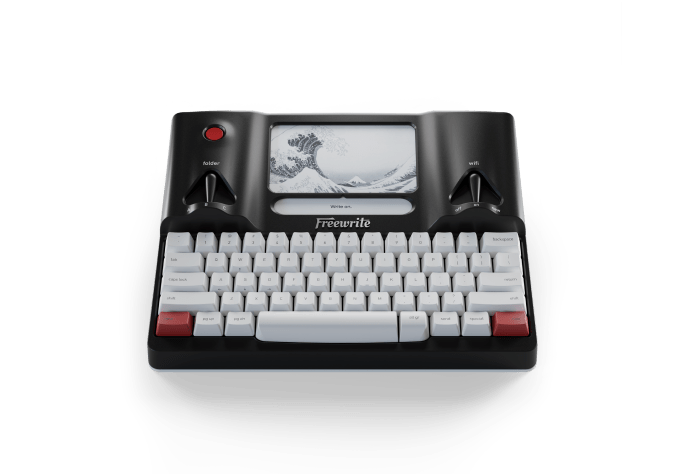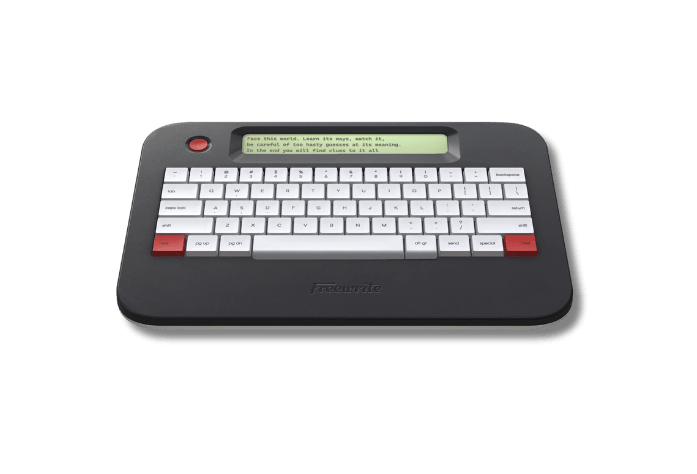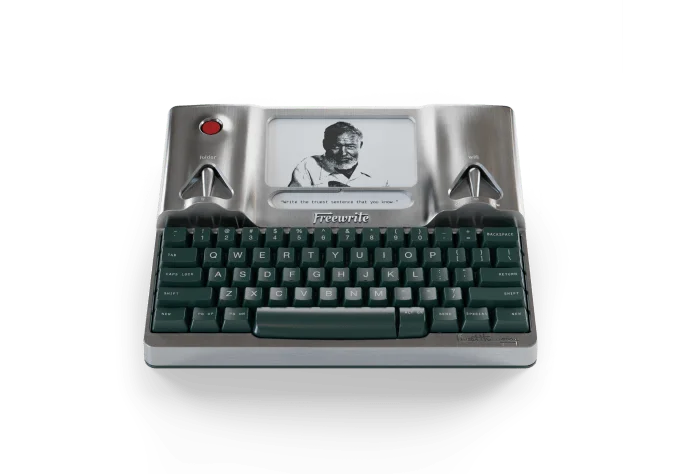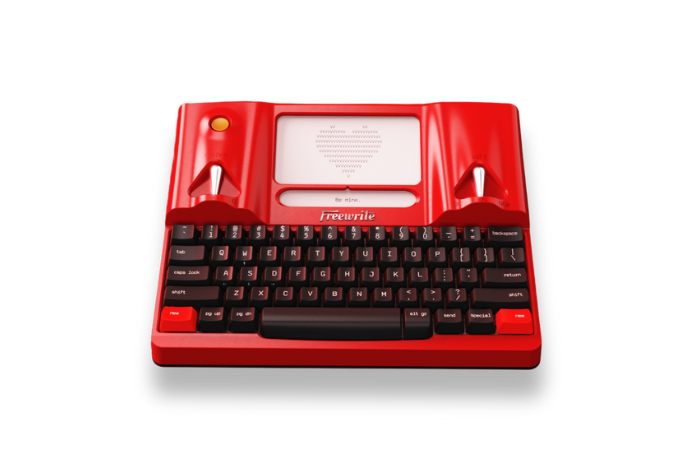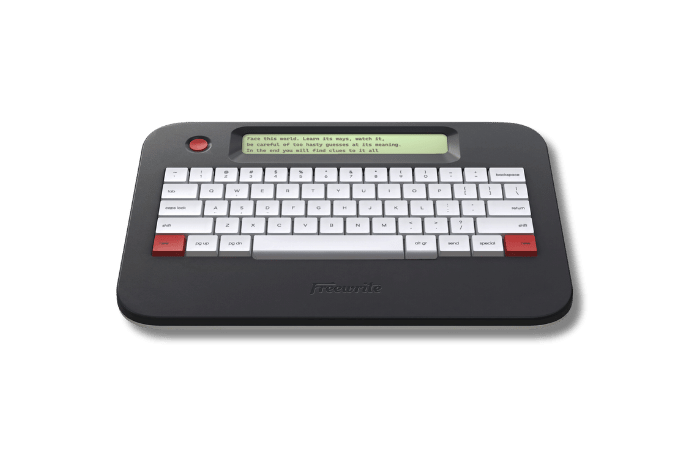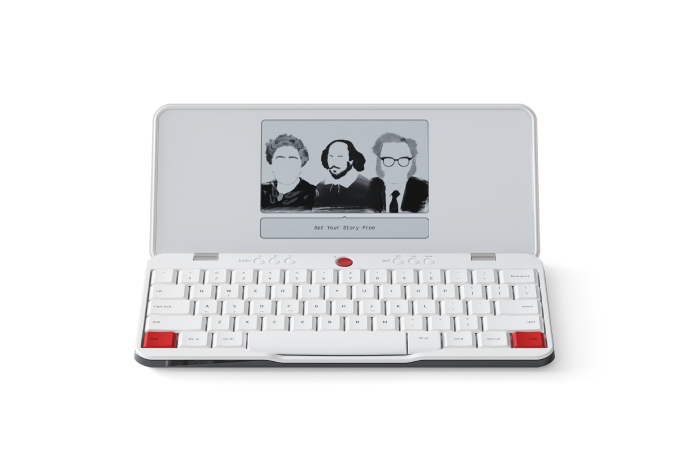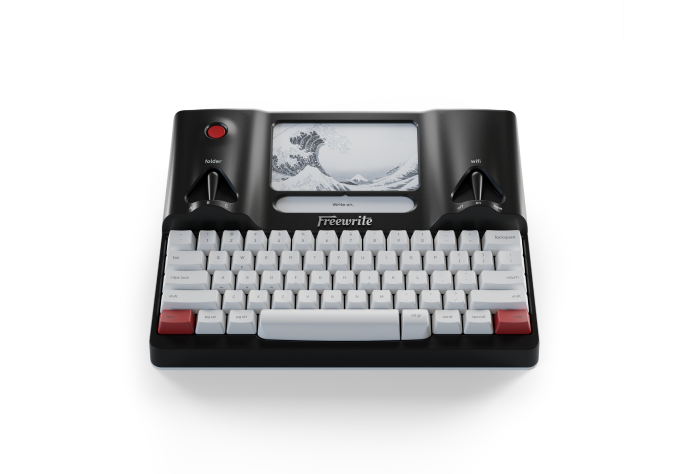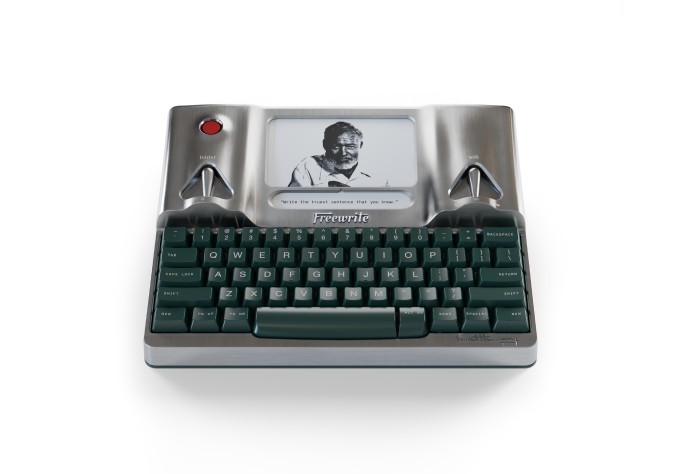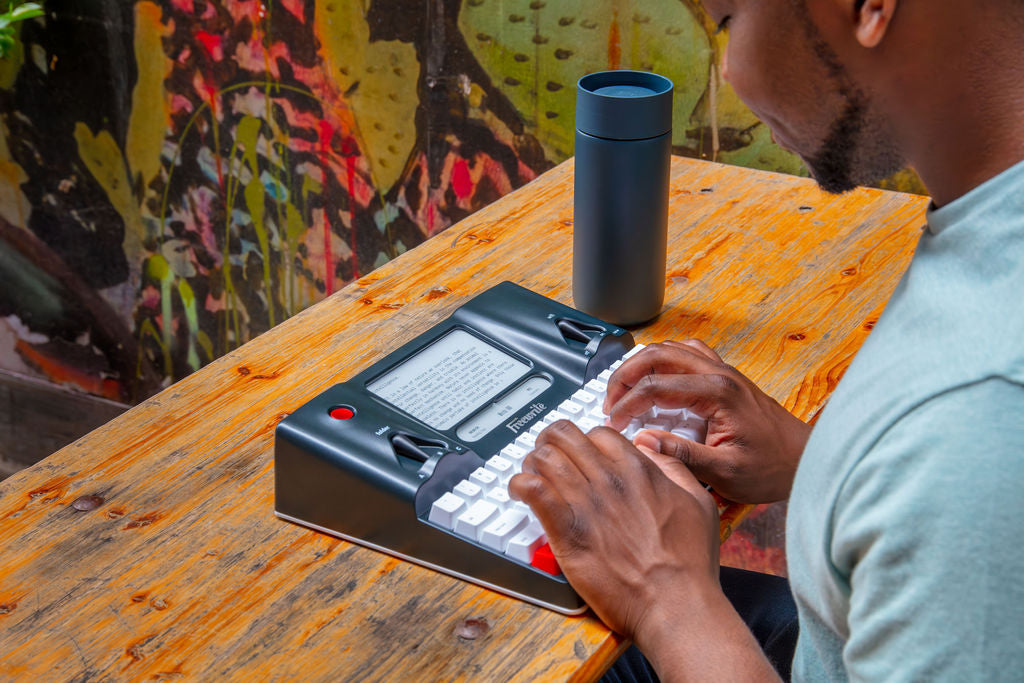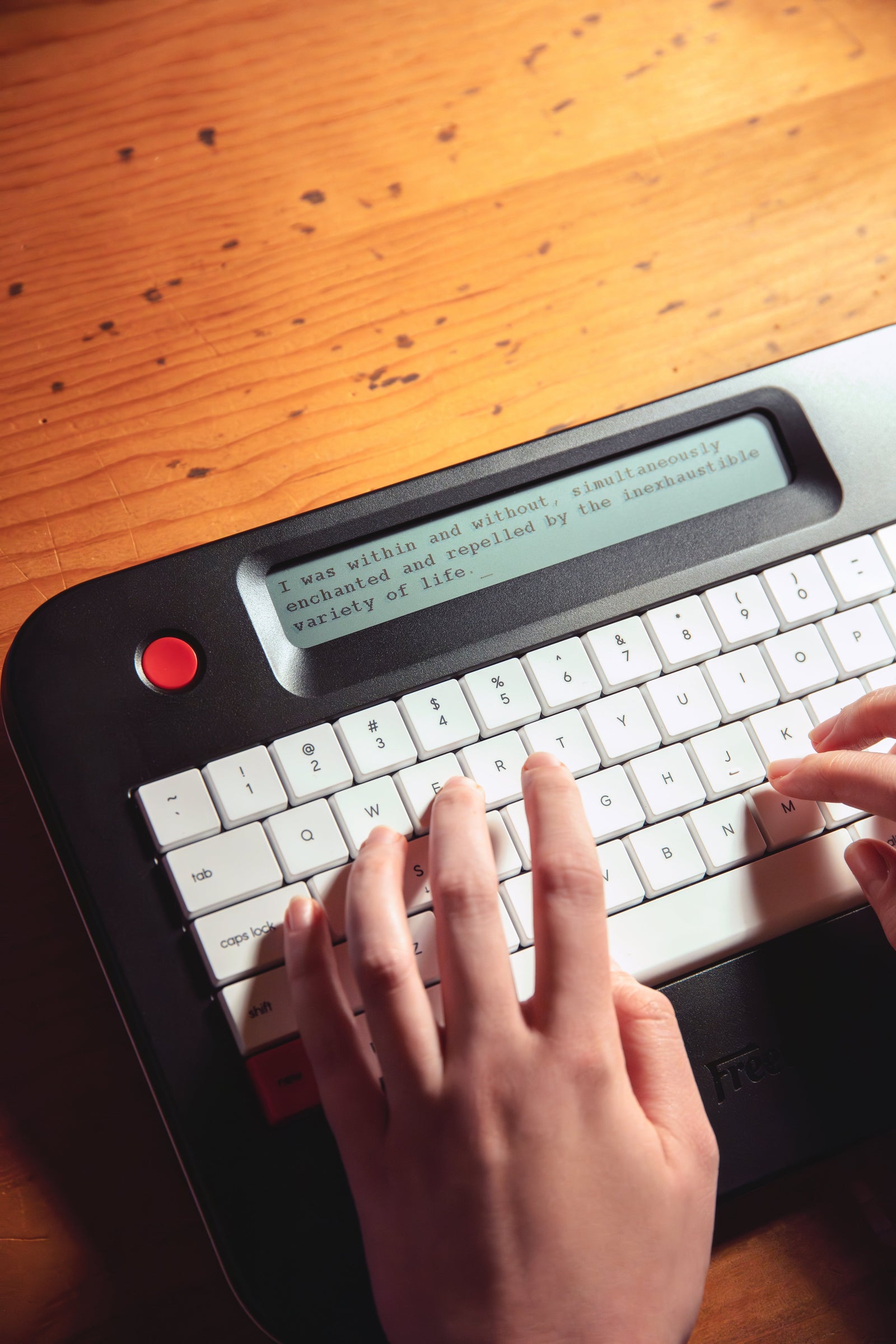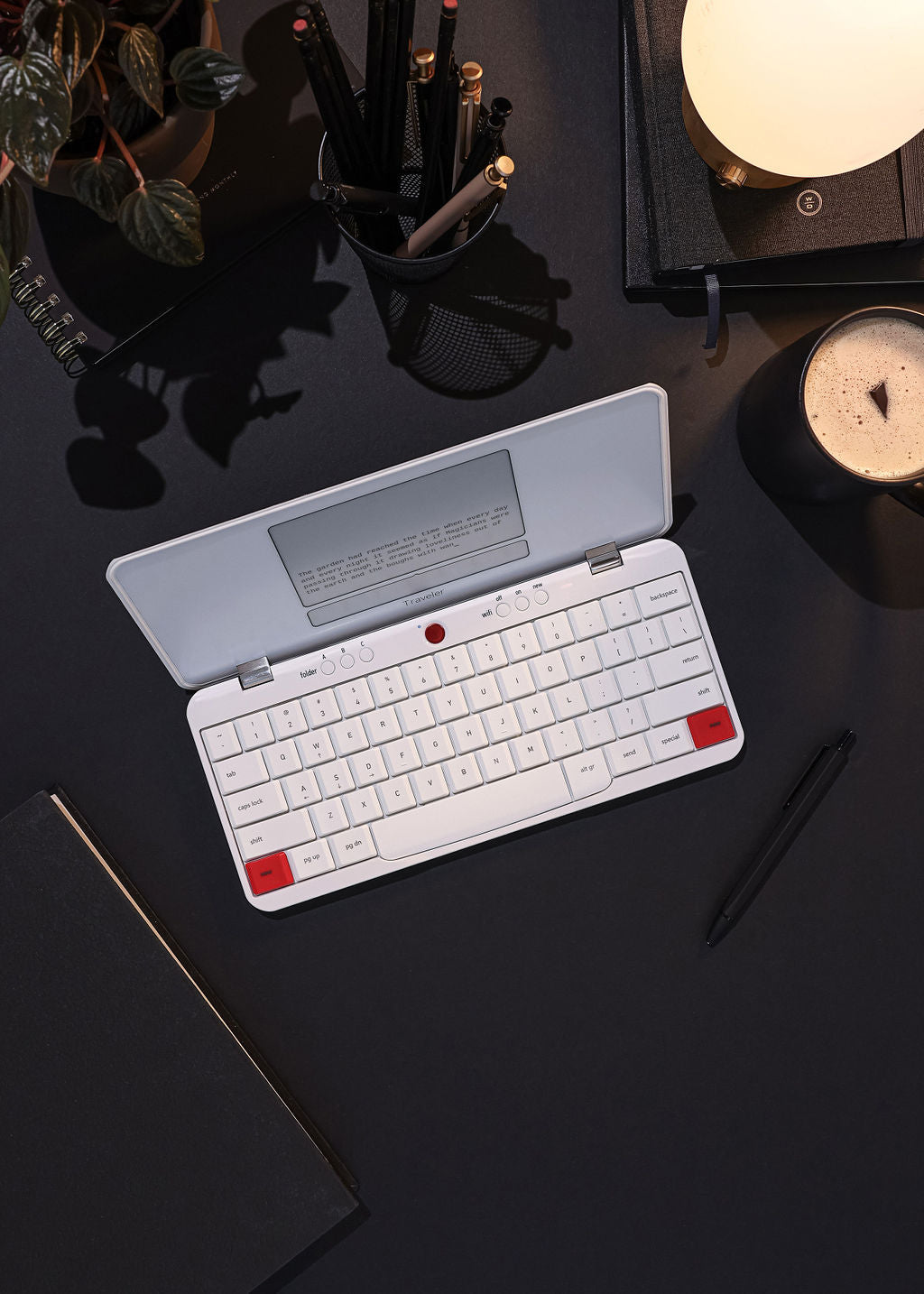Let’s be real - teens spend a lot of time on their phones. Scrolling through TikTok, snapping on Snapchat, or liking posts on Instagram has become part of their everyday routine. But when screen time starts taking over everything else - like sleep, homework, and even friendships - it might be more than just a habit. It could be an addiction. In this article, we’ll break down what teen social media addiction looks like, why it happens, and what you can do about it.
Is It Just a Habit or Something More Serious?
Social media addiction is when using apps like Instagram, TikTok, or Snapchat stops being just fun and turns into something a teen feels like theyhave to do. It’s more than just scrolling now and then - it’s when checking notifications or posting becomes constant and hard to stop, even when it's affecting other parts of life.
How it's different from just "liking" social media:Plenty of teens enjoy social media. That’s normal. The difference is when it starts interfering with daily life - like skipping sleep, ignoring schoolwork, or feeling anxious without their phone. If social media starts to feel more like a need than a choice, that’s a red flag.
Examples of Addictive Behavior:
-
Feeling the urge to check apps every few minutes
-
Getting upset when they can’t go online
-
Spending hours scrolling and losing track of time
-
Putting social media ahead of real-life plans or responsibilities
Why Are Teens So Hooked?
Let’s face it - social media is built to be addictive. It’s colorful, fast-paced, and always changing. For teens, who are still figuring out their identity and place in the world, it can feel like the perfect place to fit in, escape stress, and get attention. But here’s a closer look at why it’s so hard for them to unplug:
-
Social pressure and FOMO (fear of missing out):Teens are constantly comparing themselves to what others post online. Whether it’s parties, trips, or perfect selfies, it’s easy to feel left out or like they’re not doing enough. They stay online so they don’t miss anything - not realizing how draining that can be.
-
The dopamine loop:Every like, heart, or comment sends a tiny burst of dopamine to the brain. That feel-good chemical makes them want to keep going back for more. It’s like getting a reward each time someone interacts with their content. Over time, their brain starts to crave those hits more and more.
-
Boredom and escapism:Scrolling through videos or memes is a quick and easy way to pass the time. If a teen is stressed, lonely, or just bored, social media can feel like a safe escape. But the more they use it to avoid real-life problems, the more stuck they can become in that cycle.
-
Algorithm-driven content:Social media platforms are designed to keep users hooked. They use powerful algorithms to feed content that matches a user’s interests, so teens often end up in a loop of endless videos or posts that are nearly impossible to turn away from. The more they watch, the more the app knows what to show them next.
Signs Your Teen Might Be Addicted
It’s normal for teens to use social media a lot, but when it starts interfering with their health, school, or relationships, it may be time to take a closer look. Here are some warning signs to watch for:
-
They're always on their phone. You might notice they reach for it first thing in the morning and have a hard time putting it down, even during meals, conversations, or bedtime.
-
They get anxious or irritable without access. If the Wi-Fi goes down or their phone dies, they may become unusually stressed, angry, or even panicked.
-
They're losing interest in offline activities. Things they used to enjoy - like sports, art, reading, or hanging out with friends in person - may not excite them anymore.
-
They struggle with focus or motivation. Spending hours on social media can lead to problems with concentration. Schoolwork may be rushed, late, or completely ignored.
-
They seem down or insecure. Constant comparison to others on social media can chip away at self-esteem. If your teen is suddenly more withdrawn or critical of themselves, social media could be playing a role.
-
They hide their screen or get defensive. If they quickly switch screens when you walk in or get snappy when asked about their usage, they might know their habits are getting out of control.
How It Affects Their Life
Social media addiction doesn't just eat up time - it can seriously impact a teen’s mental, emotional, and physical well-being. Here’s how:
Sleep Problems
When teens stay up late scrolling through TikTok or Instagram, their sleep takes a hit. The blue light from screens can mess with their body’s natural sleep rhythm, making it harder to fall and stay asleep. On top of that, their minds stay busy long after they've put the phone down. Poor sleep can lead to low energy, mood swings, and trouble focusing during the day.
Lower Self-Esteem
Teens are constantly bombarded with filtered photos, “perfect” lives, and highlight reels of other people’s success. It’s easy to start comparing and feeling like they’re not good enough. Even if they know deep down it’s not all real, the pressure to look or live a certain way can wear down their confidence over time.
Anxiety and Depression
Spending hours online can make teens feel more connected, but it can also increase feelings of isolation, especially when they’re only watching others live their lives instead of living their own. Seeing negative comments, cyberbullying, or feeling left out of social posts can lead to emotional distress. Over time, this can lead to anxiety, sadness, or even depression.
Strained Relationships with Family and Friends
When social media starts to take over, real-world relationships often suffer. Teens might zone out during conversations, ignore family time, or cancel plans just to stay online. Arguments over screen time or mood swings caused by online drama can also cause tension at home. Even friendships can become shallow or toxic if they only exist through likes and comments.
Decreased Academic Performance
When social media takes priority over schoolwork, grades can start to slip. Teens might procrastinate on homework, rush through assignments, or lose focus during class. The constant urge to check notifications or reply to messages can also break their concentration, making it harder to retain what they're learning.
Poor Time Management
Many teens don’t even realize how much time they’re spending online. Hours can disappear in a blink, and things like chores, hobbies, and responsibilities get pushed aside. Over time, this habit can make it harder for them to manage their schedule or develop the discipline they’ll need later in life.
Physical Health Issues
Too much screen time often means less movement. If a teen is glued to their phone, they’re probably sitting more and being active less. This lack of exercise, combined with poor sleep and sometimes even skipped meals, can start to affect their physical health - from weight changes to low energy levels and frequent headaches.
What Parents Can Do
If you’re starting to worry that your teen is getting too caught up in social media, you’re not alone. The good news is, there are ways you can help without turning it into a constant battle. It starts with support, not blame.
1. Start With Honest, Judgment-Free Conversations
Rather than lecturing or reacting out of frustration, try asking questions and really listening. Ask how social media makes them feel. Do they ever feel overwhelmed by it? The goal isn’t to shame them, but to understand their experience and show that you’re on their side.
2. Set Healthy Boundaries Together
Instead of laying down strict rules out of nowhere, involve your teen in the process. Work together to come up with reasonable limits - like no phones at the dinner table or turning screens off an hour before bed. When they help set the rules, they’re more likely to follow them.
3. Create Phone-Free Times or Zones
Build small habits that make space for real-life connection. That could mean no phones during family meals, in the car, or during certain hours in the evening. Even a few consistent screen-free moments each day can help reset their habits.
4. Use Screen Time Tracking Tools
There are plenty of apps that can monitor and limit how much time is spent on social media. You can review this data together and talk about where time could be better spent. It’s not about spying, but about bringing awareness.
5. Encourage Offline Interests and Activities
Help your teen find something they enjoy outside of their phone - whether it’s sports, art, volunteering, or just hanging out with friends in person. Hobbies and face-to-face interactions can boost confidence and reduce the need for online validation.
6. Be a Role Model
Your own habits matter. If your teen sees you constantly on your phone, they’re likely to follow suit. Show them that you can also unplug and prioritize real-life moments. Lead by example, and they’ll be more open to doing the same.
7. Support Them Emotionally
Sometimes, social media habits are tied to deeper issues like stress, anxiety, or loneliness. Let your teen know it’s okay to talk about those feelings. If things seem serious or you’re not sure how to help, consider reaching out to a counselor or therapist. Getting professional support can make a big difference.
Tools to Help Break Free from Social Media Distractions
Sometimes, breaking free from social media addiction isn't just about setting limits - it’s about replacing screen time with something meaningful. For teens who enjoy writing, journaling, or creative expression, using a dedicated writing device can be a powerful way to stay focused without the constant pull of notifications and apps.
That’s whereFreewrite devices come in. Our distraction-free writing tools are built to help users focus entirely on writing, without access to social media, email, or the internet. For teens, it’s a refreshing change of pace - a way to be productive without being online. They offer a screen-based experience without the usual digital noise that comes with using a phone or tablet.
Below, we’ll introduce Freewrite devices and how each one can support a healthier, more focused daily routine.

Alpha
TheAlpha is a lightweight, distraction-free writing device built for people who want to stay focused and creative without the constant pull of digital noise. It’s small enough to carry anywhere, with a warm backlight and a mechanical keyboard that makes writing feel smooth and satisfying. Whether you're journaling at night or drafting on the go, Alpha is ready when inspiration hits.
Key Attributes:
-
Ultra-portable design at just 1.6 lbs
-
Warm, adjustable backlight for writing in any lighting
-
Full-size mechanical keyboard with low-profile Kailh Choc V2 switches
-
Built-in kickstand and wrist support for ergonomic comfort
-
100-hour battery life on a single charge
-
Auto-save and cloud syncing to Postbox, Dropbox, Google Drive, OneDrive, and Evernote
-
Supports 30+ languages and 60+ keyboard layouts
-
Constant local and cloud saving for peace of mind
-
No spell check, copy/paste, or browsing - just pure writing
How It Helps with Phone Addiction:
Alpha strips away all the distractions that usually come with screens. No apps, no notifications, no temptation to check social media - just a clean space to focus on writing. It helps replace scrolling time with something more meaningful and creative.

Smart Typewriter
TheSmart Typewriter is a device, made for serious writers who want to stay locked in without digital distractions. With its premium mechanical keyboard, durable aluminum body, and crisp E Ink screen, this device is all about turning writing time into focused, high-quality sessions. Whether you’re working in daylight or total darkness, it’s built to keep you comfortable and in the zone.
Key Attributes:
-
Latest-gen E Ink display with frontlight for writing in any lighting
-
Full-size mechanical keyboard with Kailh Box Brown keyswitches and thick PBT keycaps
-
Durable die-cast all-aluminum body with retractable handle
-
Long-lasting battery with efficient power use
-
Constant local and cloud saving to Postbox, Dropbox, Google Drive, Evernote, and OneDrive
-
Built-in arrow keys and document management tools
-
Supports 60+ languages and 85+ keyboard layouts
-
Compatible with Freewrite Plus for advanced workflow features
How It Helps with Phone Addiction:
The Smart Typewriter gives you everything you need to write - and nothing you don’t. No internet browsing, no apps, no pings or pop-ups. It's a distraction-free space that helps shift your focus away from endless scrolling and toward getting thoughts on the page.

Traveler
TheTraveler is an ultra-portable writing device, made for people who want to stay productive anywhere without the pull of apps, notifications, or the internet. It's light, compact, and built with an E Ink screen that’s easy on the eyes, making it perfect for writing on the go, whether you're at a café, on a train, or sitting in the sun.
Key Attributes:
-
Compact and lightweight at just 1.6 lbs
-
E Ink display with no glare or backlight, readable even in bright sunlight
-
Full-size scissor switch keyboard with smooth, responsive feel
-
Adjustable 135-degree screen angle for comfortable viewing
-
Cloud syncing to Postbox, Google Drive, Dropbox, Evernote, and OneDrive
-
4-week battery life with regular use (30 minutes/day)
-
Offline backup via USB cable
-
Supports 60+ languages and 85+ keyboard layouts
-
Built-in draft manager and navigation keys
How It Helps with Phone Addiction:
Traveler helps you break the habit of switching between apps and notifications. With no internet distractions, it's just you and your words - perfect for getting focused while staying completely unplugged.

Alpha Cosmic Edition
TheAlpha Cosmic Edition is a bold, limited-edition writing tool that combines distraction-free drafting with eye-catching style. Featuring a terrazzo-speckled black body, a warm backlit screen, and ultra-portable design, it’s made for creatives who want to focus deeply - whether at a quiet desk or under the stars. Each device also includes an exclusive felt sleeve with leather trim, designed to protect your writing companion wherever you go.
Key Attributes:
-
Lightweight and ultra-portable
-
Anti-glare LCD display with 2-4 lines of text
-
Built-in warm backlight with 5 brightness levels
-
Full-size mechanical keyboard with Kailh Choc V2 low-profile switches
-
Exclusive charcoal felt sleeve with constellation-inspired stitching
-
100-hour battery life on a single charge
-
Automatic local and cloud saving with Postbox, Dropbox, Google Drive, Evernote, and OneDrive
-
Supports 30+ languages and 60+ keyboard layouts
-
Durable polycarbonate body, USB-C charging, and offline file transfer
How It Helps with Phone Addiction:
Cosmic helps replace screen time with focused writing time. With no apps, alerts, or internet access, it’s built for deep focus and creativity, helping you stay off your phone and in the writing zone.

Hemingwrite Signature Edition
TheHemingwrite is a premium, special edition of Smart Typewriter, created in official collaboration with the Ernest Hemingway estate. It blends distraction-free writing with high-end design, featuring a hand-polished raw aluminum body, green keycaps, and Hemingway’s laser-engraved signature. A custom leather attaché case is included, making this not only a writing tool but a collectible for those who value craftsmanship and focus.
Key Attributes:
-
Hand-finished aluminum chassis with a unique patina that develops over time
-
Signature green keycaps and Ernest Hemingway’s authentic engraved signature
-
Full-featured Smart Typewriter inside with E Ink screen and frontlight
-
Comes with a premium cognac leather attaché case with velvet lining
-
Cloud and offline syncing via Postbox, Google Drive, Dropbox, OneDrive, and Evernote
-
Long battery life for extended, unplugged writing sessions
-
Supports dozens of languages and keyboard layouts
-
Full-size mechanical keyboard, draft manager, and OTA firmware updates
-
Compatible with Freewrite Plus for extra customization
How It Helps with Phone Addiction:
The Hemingwrite makes writing feel special again, turning it into a focused ritual rather than a distracted chore. With no apps or alerts, it encourages you to step away from your phone and fully immerse yourself in the creative process.

Valentine Smart Typewriter
TheValentine Smart Typewriter isn’t just a writing tool - it’s a bold statement. Inspired by the iconic 1969 Italian design, this special edition blends timeless style with signature distraction-free technology. With its aluminum build, tactile mechanical keyboard, and crisp E Ink screen, Valentine is designed to turn writing into a daily ritual you actually look forward to. A sleek, water-resistant carrying case and strap system comes included for stylish protection on the go.
Key Attributes:
-
Aluminum body with a design inspired by the spirit of 1969
-
Full-featured Smart Typewriter internals: mechanical keyboard, E Ink display, frontlight
-
Water-resistant fitted carrying case with velvet lining and matching branded strap
-
Constant local and cloud syncing with Postbox, Dropbox, Google Drive, Evernote, and OneDrive
-
Supports dozens of languages and alternative keyboard layouts
-
Long-lasting, power-efficient battery for sustained writing sessions
-
Includes session data tracking, document navigation, and Freewrite Plus compatibility
-
OTA firmware updates for added functionality over time
How It Helps with Phone Addiction:
Valentine encourages focused writing in a world full of noise. No apps, no pings, no distractions - just a beautiful, purpose-built space to create. It’s a powerful way to take a break from constant screen time and reconnect with your thoughts.
Final Thoughts
Let’s be real - social media isn’t all bad. It can be fun, creative, and even helpful for staying connected. For many people, it's a way to express themselves, find community, or simply unwind after a long day. The goal here isn’t to ban it completely but to build healthier habits around it.
Finding balance is key. That means learning to recognize when social media is adding value to your day - and when it’s starting to take over. A little self-awareness goes a long way, especially when it comes to screen time. Whether you're a teen or an adult, creating boundaries and sticking to them can help you stay in control instead of letting the apps run the show.
Most importantly, keep the conversation going. If you're a parent, friend, or teacher, make space for open, judgment-free talks about screen habits and mental health. And if you're struggling yourself, don’t be afraid to ask for support. Small changes can lead to big improvements - and you're not alone on the journey.
Frequently Asked Questions (FAQ)
How much screen time is too much for teens?
It’s more about the quality of the time spent than the exact number of hours. If social media use is affecting sleep, school, or mental health, it may be too much.
What are some early signs of social media addiction?
Some common signs include constantly checking their phone, feeling anxious when they can't go online, withdrawing from offline activities, and struggling to focus on schoolwork. You may also notice mood swings related to their screen time.
Can social media addiction impact mental health?
Yes, excessive use can contribute to anxiety, depression, low self-esteem, and feelings of isolation. It often leads to constant comparison, sleep problems, and a lack of real-world connection.
How can I talk to my teen about their social media use without starting a fight?
Start by being curious, not critical. Ask open-ended questions about how social media makes them feel. Focus on listening instead of lecturing, and work together to create healthy screen time boundaries.
What are some alternatives to help break the habit?
Encourage offline activities like sports, art, journaling, or face-to-face time with friends. Set phone-free zones or times, and explore tools like distraction-free writing devices that help shift focus away from apps and toward creativity.



